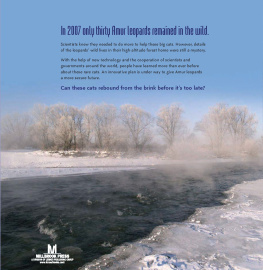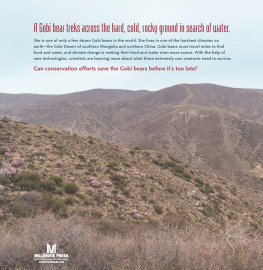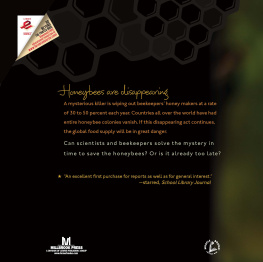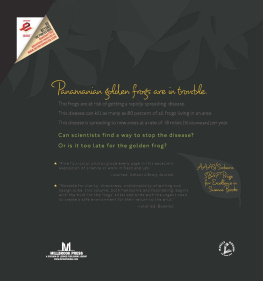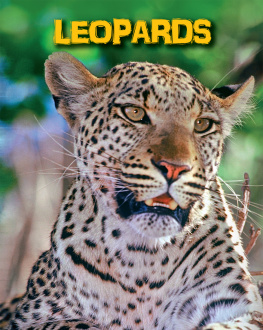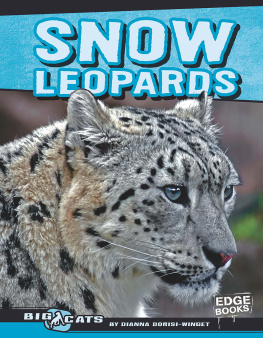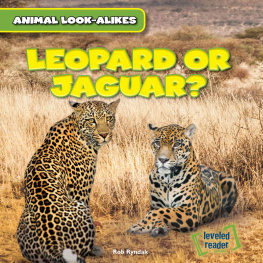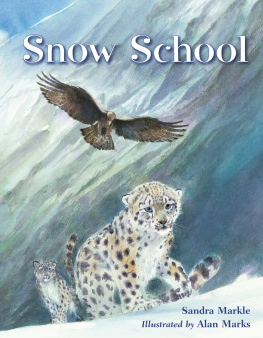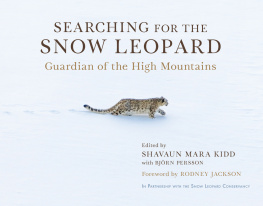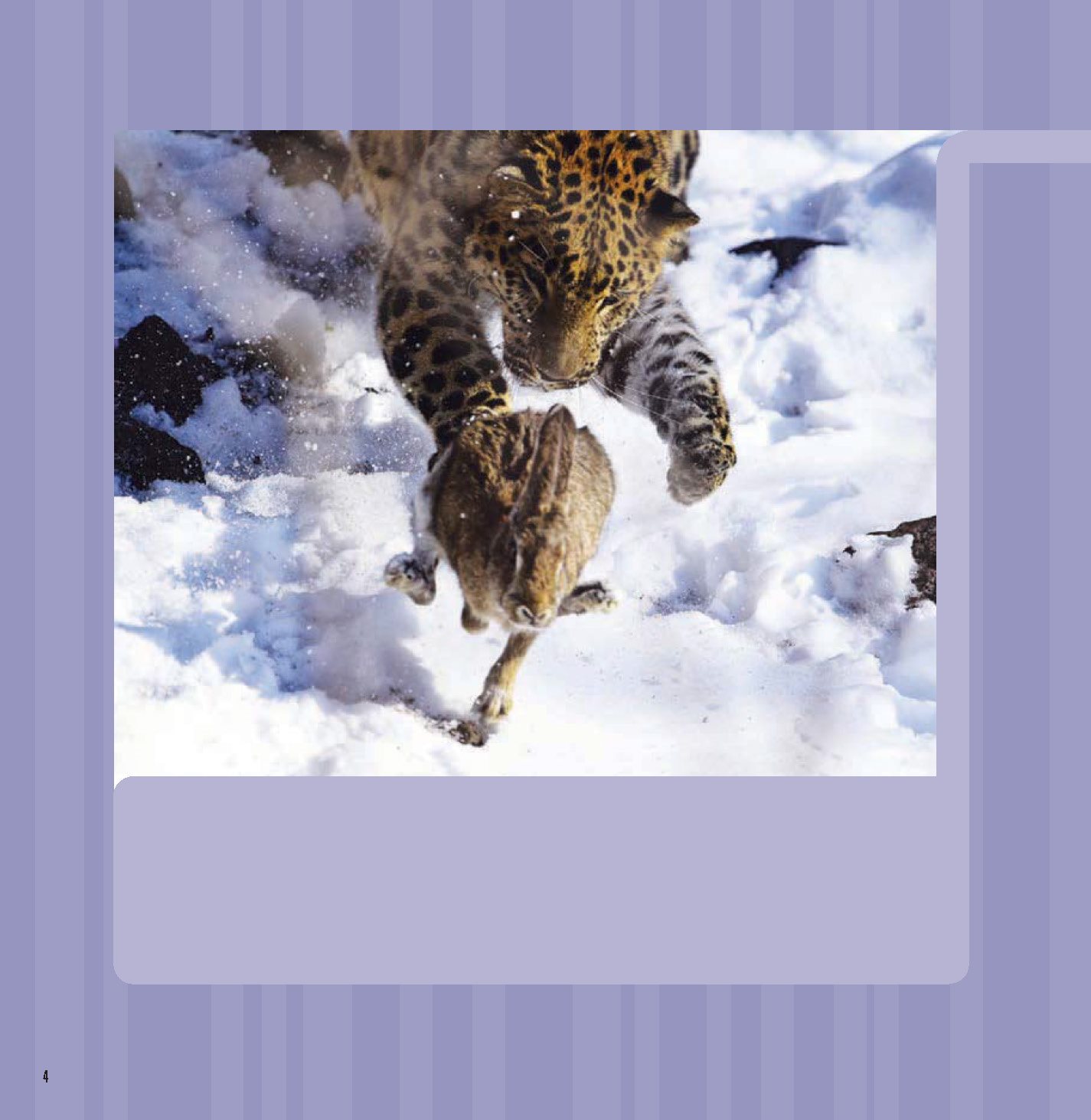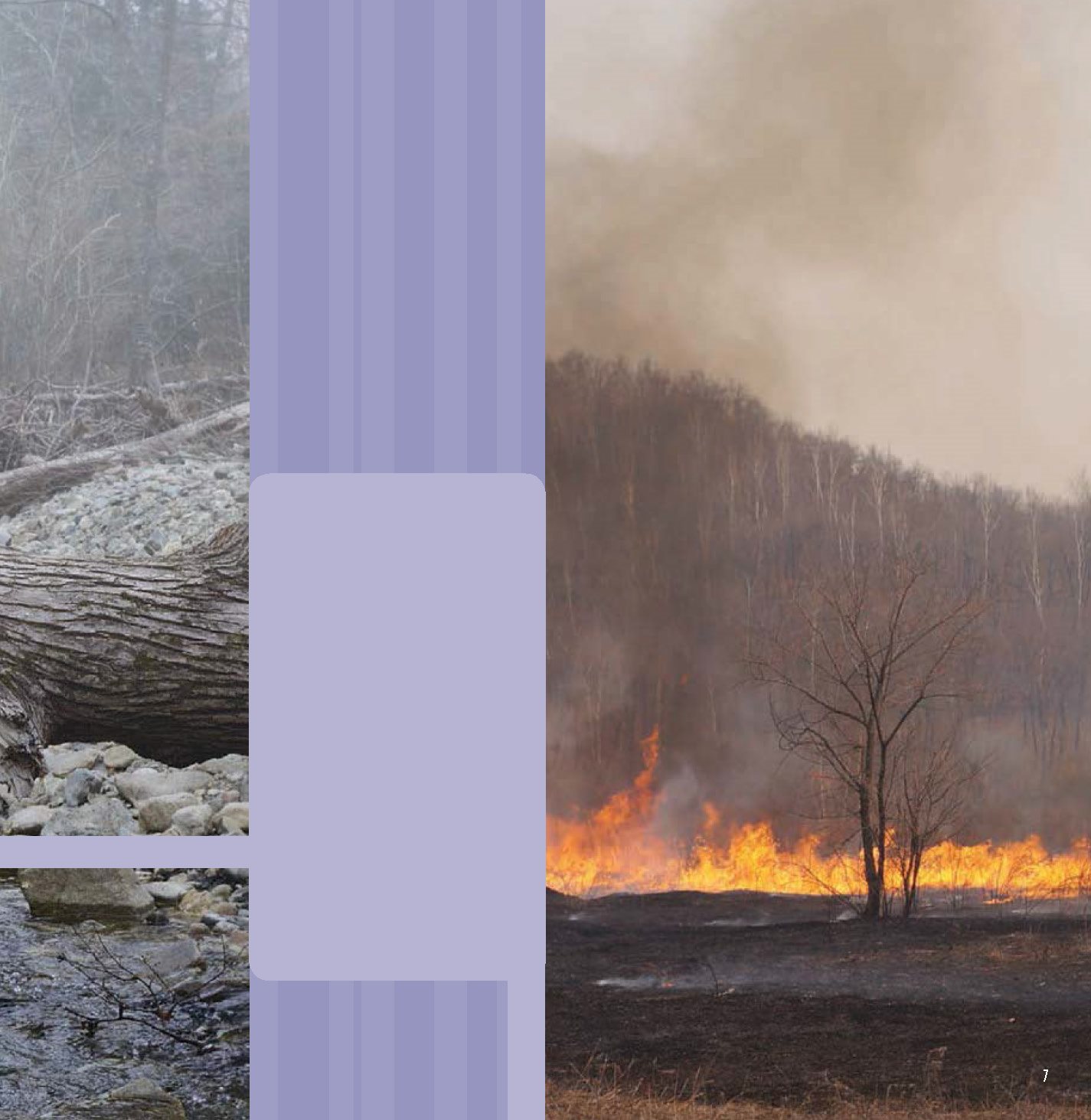Sandra Markle - The Great Leopard Rescue: Saving the Amur Leopards
Here you can read online Sandra Markle - The Great Leopard Rescue: Saving the Amur Leopards full text of the book (entire story) in english for free. Download pdf and epub, get meaning, cover and reviews about this ebook. year: 2020, publisher: Lerner Publishing Group, genre: Romance novel. Description of the work, (preface) as well as reviews are available. Best literature library LitArk.com created for fans of good reading and offers a wide selection of genres:
Romance novel
Science fiction
Adventure
Detective
Science
History
Home and family
Prose
Art
Politics
Computer
Non-fiction
Religion
Business
Children
Humor
Choose a favorite category and find really read worthwhile books. Enjoy immersion in the world of imagination, feel the emotions of the characters or learn something new for yourself, make an fascinating discovery.
- Book:The Great Leopard Rescue: Saving the Amur Leopards
- Author:
- Publisher:Lerner Publishing Group
- Genre:
- Year:2020
- Rating:3 / 5
- Favourites:Add to favourites
- Your mark:
The Great Leopard Rescue: Saving the Amur Leopards: summary, description and annotation
We offer to read an annotation, description, summary or preface (depends on what the author of the book "The Great Leopard Rescue: Saving the Amur Leopards" wrote himself). If you haven't found the necessary information about the book — write in the comments, we will try to find it.
In 2007 only thirty Amur leopards remained in the wild. Scientists knew they needed to do more to help these big cats. However, details of the leopards wild lives in their high-altitude forest home were still a mystery. With the help of new technology and the cooperation of scientists and governments around the world, people have learned more than ever before about these rare cats. An innovative plan is under way to give Amur leopards a more secure future. Can these cats rebound from the brink before its too late?
Markle introduces the critically endangered Amur leopard, detailing current strategies to augment its numbers using temporarily relocated, zooborn cats. From a 1950s population of around 2,400, the leopard dwindled to about 30 by 2007, despite increasing conservation efforts by such international groups as the Amur Leopard and Tiger Alliance. Markle presents the Amur leopards native habitat, eastern Russias taiga, or boreal forest. She shows the effects of modern logging, mining, farming, and hunting on a rugged region that previously favored the leopards large, solitary home ranges and ample access to prey. In 2010, an international coalition began planning for a second, backup population of Amur leopards, recognizing that the remaining cats could be wiped out by disease or disaster. Russia protected the leopards last natural habitat in 2012, later designating separate taiga land for the spare population. Markles crisp prose conveys the extensive scientific and technological steps needed to ensure that zooborn adult leopards could mate in large enclosures, with mothers teaching their young to hunt. After two years, cubs would enter their wild habitat, with mothers returned to their zoos. Clear, often riveting stock photos show adult cats and cubs in natural habitats as well as zoos, and maps are effectively utilized. Markle invites readers to track the evolving progress of the plan to help the Amur leopard survive. Excellent writing and documentation distinguish Markles latest.-starred, Kirkus Reviews
Markle continues to fill a demand for animal-centered books that satisfy both recreational readers and science-report writers. Here she brings readers in on the ground floor of an initiative to augment an endangered population of leopards in the Amur region of far eastern Russia. Though threatened by poaching and by shrinking habitat due to farming and deforestation, the Amur leopards were already being brought back from the brink through the efforts of scientists and through public education programs. After more than a decade of work, however, by an international Amur Leopard and Tiger Alliance (ALTA), it became clear that a spare population of leopards should be bred and readied for release into the wild in the Lazovsky Zapovednik reserve in Russia, with the first release scheduled for 2020. The plight of the leopards and the multiple considerations that must be juggled to assure their survival are clearly presented, but perhaps the best feature of Markles account is the invitation for enthusiasts to follow the ALTA programs implementation (website included in authors note.) Moreover, readers who may have learned about the parallel fate of the Amur tigers will be able to see how the two endangered species fates are somewhat intertwined. Simpler in structure than the Scientists in the Field series, this title offers the readability, depth, and brevity appropriate for a middle-grades audience. A timeline, glossary, interview notes, index, and list of additional resources are included.-The Bulletin of the Center for Childrens Books
Similar in approach to Markles The Great Monkey Rescue (2015), this handsome volume looks at efforts to rescue the Amur leopard. Called the rarest big cats on Earth, these leopards live in the Asian taiga, west of Vladivostok. Their number
Sandra Markle: author's other books
Who wrote The Great Leopard Rescue: Saving the Amur Leopards? Find out the surname, the name of the author of the book and a list of all author's works by series.

